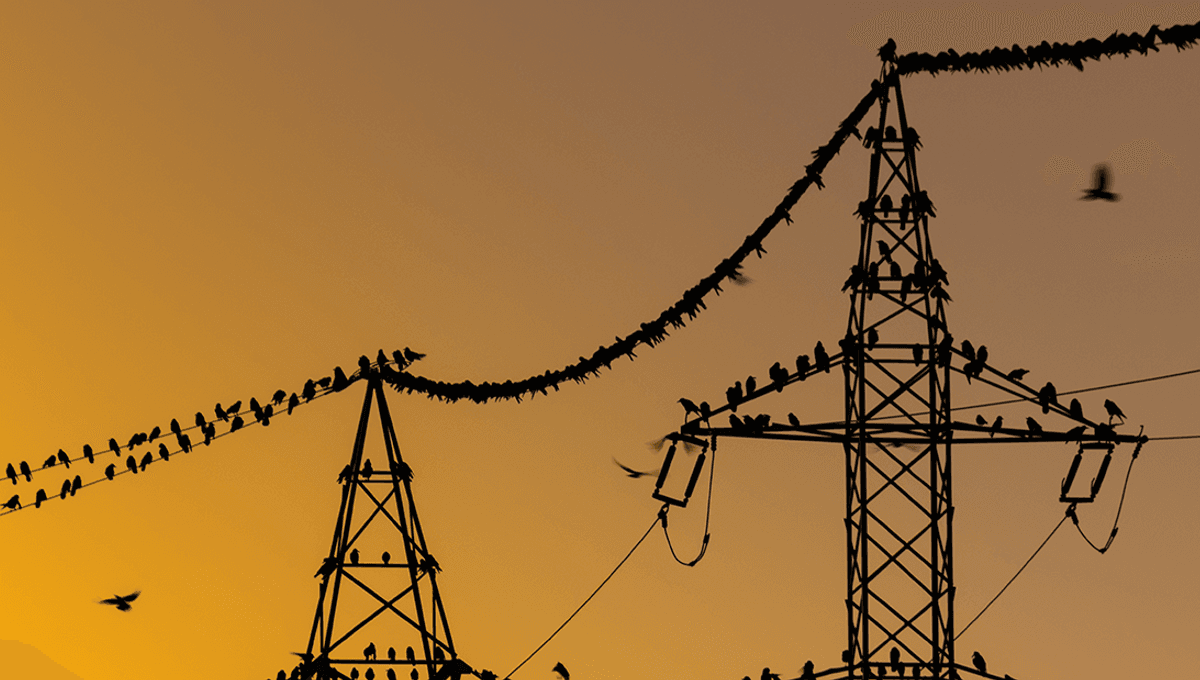
Power lines are a great place to look if you are in need of birds or shoes. It’s not unusual to see a group of small birds, or a larger bird, apparently relaxing on wires used to transfer electricity over long distances to consumers. So why do they do this, and how come they don’t get electrocuted?
The “why” is fairly simple to explain. The wires offer a nice perch from which birds can view their surroundings for potential predators or prey, with their views unobscured by the foliage of trees.
As for why they don’t get electrocuted, the answer is that many of them do. One 2014 study estimated that between 0.9 and 11.6 million birds are killed by electrocution in the US every year. Larger birds like raptors are at particular risk, as it increases the possibility of them touching two wires, or a wire and a grounding source. One 2016 study by the U.S. Fish and Wildlife Service’s National Forensics Laboratory looked at 417 electrocuted raptors, finding that nearly 80 percent of fatalities were bald or golden eagles.
However, the reason why birds mostly don’t get electrocuted is because they took the trouble to evolve the ability to fly, and access the power lines using this ability. Had they climbed onto the power line via a ladder, and not worn appropriate insulative clothing for birds, they would be fried like the rest of us.
Birds perched on a single power line are not killed because they are not grounded.
“The birds are not forming a connection between the power line and the ground, so they’re not connecting the circuit,” Will Babb of the Ohio Department of Natural Resources’ Division of Wildlife explained to Cincinnati Enquirer. “But if we were to touch a power line while standing on the ground, we’d complete the circuit, and bad things would happen.”
Imagine you are pushing a whole load of balls up a mountain range and along a long path at the top. The balls continue along this ridge until they reach the other end, and roll down the path, converting gravitational potential energy to kinetic energy. If you were to create another path along the ridge that leads down the mountain more quickly, they would of course roll down it rather than wait for the path at the end of the trail.
In the same way, a grounded, electrically conductive object that touches a live electrical wire provides another path for electricity to flow through. So if birds touch a wire and a utility pole at the same time, it can provide a path to the ground, which is very bad news for the birds. Or they can touch two wires simultaneously if they are big enough, allowing electricity to flow, which is again very bad news for the bird.
All “explainer” articles are confirmed by fact checkers to be correct at time of publishing. Text, images, and links may be edited, removed, or added to at a later date to keep information current.
Source Link: Why Do Birds Sit On High Voltage Power Lines, And How Come They Don't Get Fried?